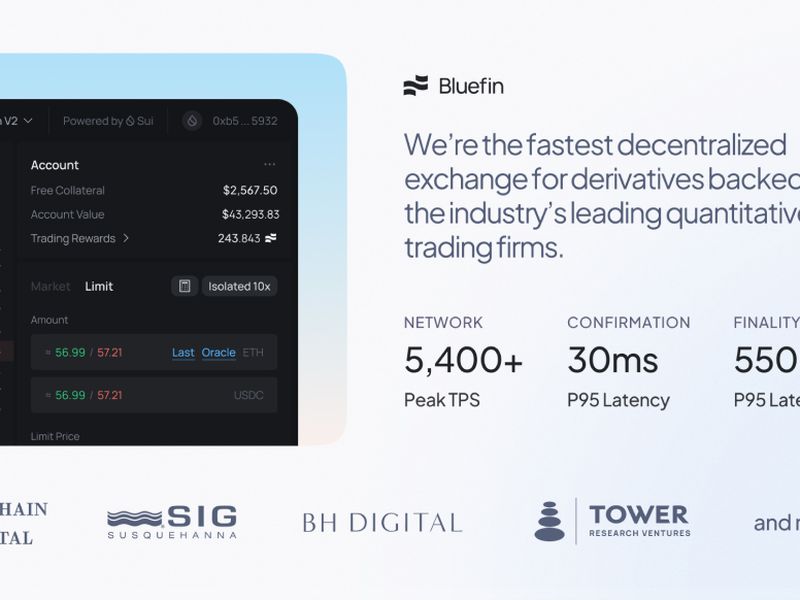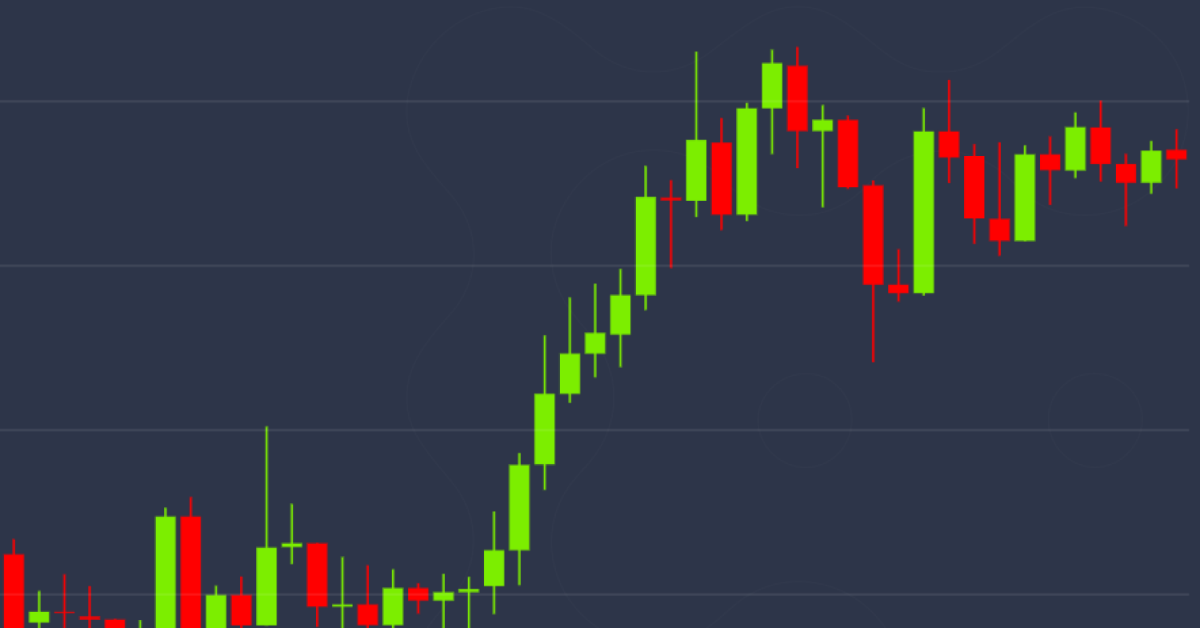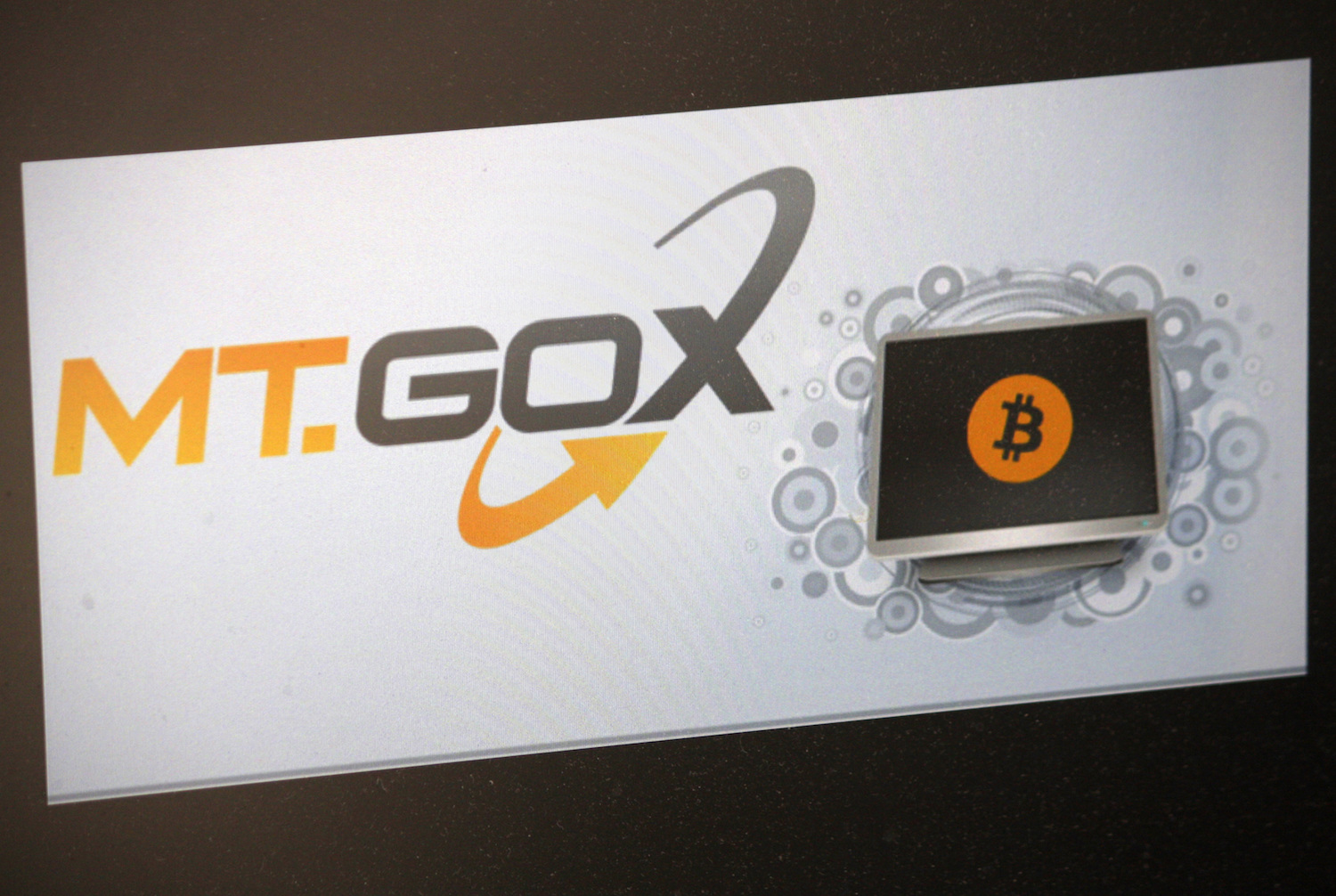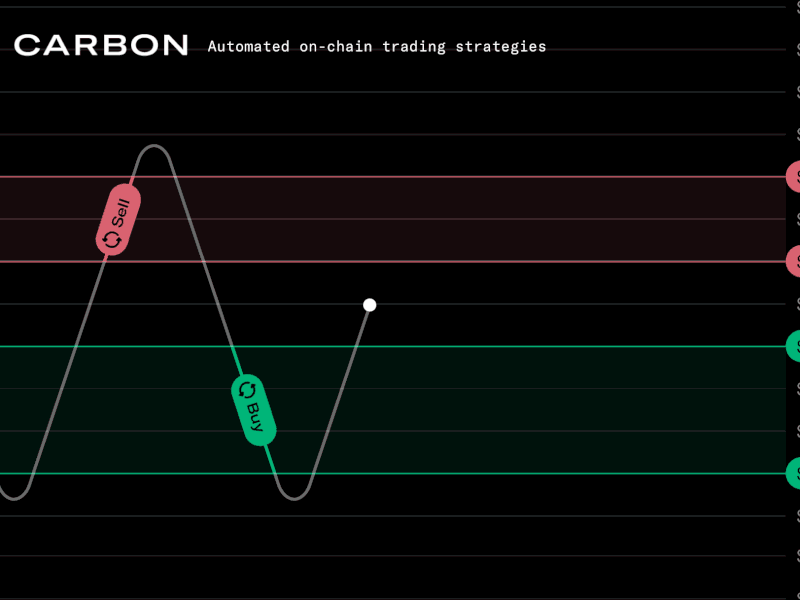ETH Lite: Reflexer Labs Raises $1.7M to Build a Somewhat-Stable Coin for DeFi
ETH Lite: Reflexer Labs Raises $1.7M to Build a Somewhat-Stable Coin for DeFi
Call it a “gentlecoin,” perhaps?
A new decentralized finance (DeFi) project aimed at softening volatility has closed a $1.68 million seed round led by Paradigm, with participation from Standard Crypto, Compound founder Robert Leshner and Variant Fund, from a16z alum Jesse Walden.
Reflexer Labs is building a new asset called rai (RAI) that’s meant to follow the price movements of ether (ETH) but more gradually.
“I think RAI will be extremely useful for protocols. A form of collateral that will help users not get liquidated that much,” Stefan Ionescu, the project’s CEO, told CoinDesk in a phone call.
Or, as Paradigm partner Charlie Noyes, put it:
“Self-correcting mechanisms are an elegant method of efficiently managing protocols. Reflexer is taking this approach to build the first trustless stable asset administered by algorithms rather than manual governance.”
RAI is generated much like its namesake, dai (DAI): Users stake an asset, ETH, to the system to borrow a new crypto asset.
But where DAI attempts to match the price of a U.S. dollar, RAI does not.
RAI targets a “redemption rate” relative to its underlying asset but stripping out much of the volatility (the precise proportion hasn’t been specified). So, if over a three-month period, ETH generally trended up but with some stomach-churning drops along the way, RAI would just generally trend up, with maybe only some slight stumbles (this also means that RAI holders would miss hard upward spikes, too, as it calms all movements).
“The idea is the system has kind of an index inside it,” explained Reflexer’s Ionescu. “It’s a number called the redemption price. It’s the ideal price for RAI at any time.”
Think of it this way: DeFi on Ethereum is a whitewater river with sections of Class 5 rapids for those who want them; Reflexer is the Army Corps of Engineers smoothing out a nice stretch that never breaks Class 3.
Steady now
The long view here is to give DeFi an asset for collateral that has both the qualities of price stability (if not full rigidity) and decentralization.
ETH has fared very well this year but it had one wild swing in March. While it took the ETH price six weeks to recover, the most acute pain was felt by those who had staked ETH to borrow DAI on MakerDAO. Over $8 million was lost in manipulated collateral liquidations. If RAI had been in the mix on Black Thursday (March 12), its backers say, it could have eased some of the pain.
RAI actually aims to bring a well-established technology from electrical and mechanical engineering into crypto. A proportional–integral–derivative controller is a well-worn, proven technology based on control theory that helps different systems maintain consistency.
“One of the things that’s exciting to us as investors in the project is this is the first time elements from control theory in engineering will be embedded in smart contracts,” Alok Vasudev of Standard Crypto told CoinDesk in a phone call.
The specifics remain to be determined but Reflexer’s product will use oracles to monitor the price of RAI and the price of ETH. If RAI doesn’t match the target price, the system can fine-tune the amount of RAI it takes to pay back debt. This can expand and contract the supply as needed to return to the target.
Since this is a delayed reaction there will still be shifts in price but they should be more gradual, giving users time to adjust, whether they are using RAI in a loan or as collateral on a DeFi platform.
Building
The new seed round will enable Reflexer to begin modeling its ideas and determine the optimal mechanics before deploying a live system. While not committing to a launch date, Ionescu hopes that if all goes well it should appear in 2021.
SpankChain founder Ameen Soleimani is a co-founder of Reflexer Labs, Ionescu told CoinDesk, assisting with growth efforts on a part-time basis. In February, Soleimani released a concept called MetaCoin, for a governance-minimized stablecoin. He wrote at the time:
“In light of MakerDAO’s recent upgrade to Multi-Collateral DAI (MCD) and decision to abandon ETH as the sole form of collateral (thereby introducing counter-party risk for offchain assets), it’s worth considering what a governance minimized, ETH-only system might look like.”
RAI has evolved from the initial idea of MetaCoin, but it meets some of the objectives detailed therein. In particular, that of eschewing the use of centralized cryptocurrencies like USDC as a collateral and limiting the powers of human governors.
Ultimately Reflexer will need to deploy some kind of token, similar to MakerDAO’s MKR, with limited control powers in order to fully decentralize, Ionescu said.
“Ninety-plus percent of the system will be completely closed off and humans won’t be able to change anything,” he said.
Disclosure
The leader in blockchain news, CoinDesk is a media outlet that strives for the highest journalistic standards and abides by a strict set of editorial policies. CoinDesk is an independent operating subsidiary of Digital Currency Group, which invests in cryptocurrencies and blockchain startups.









